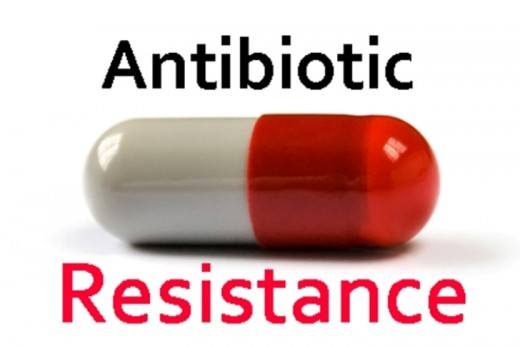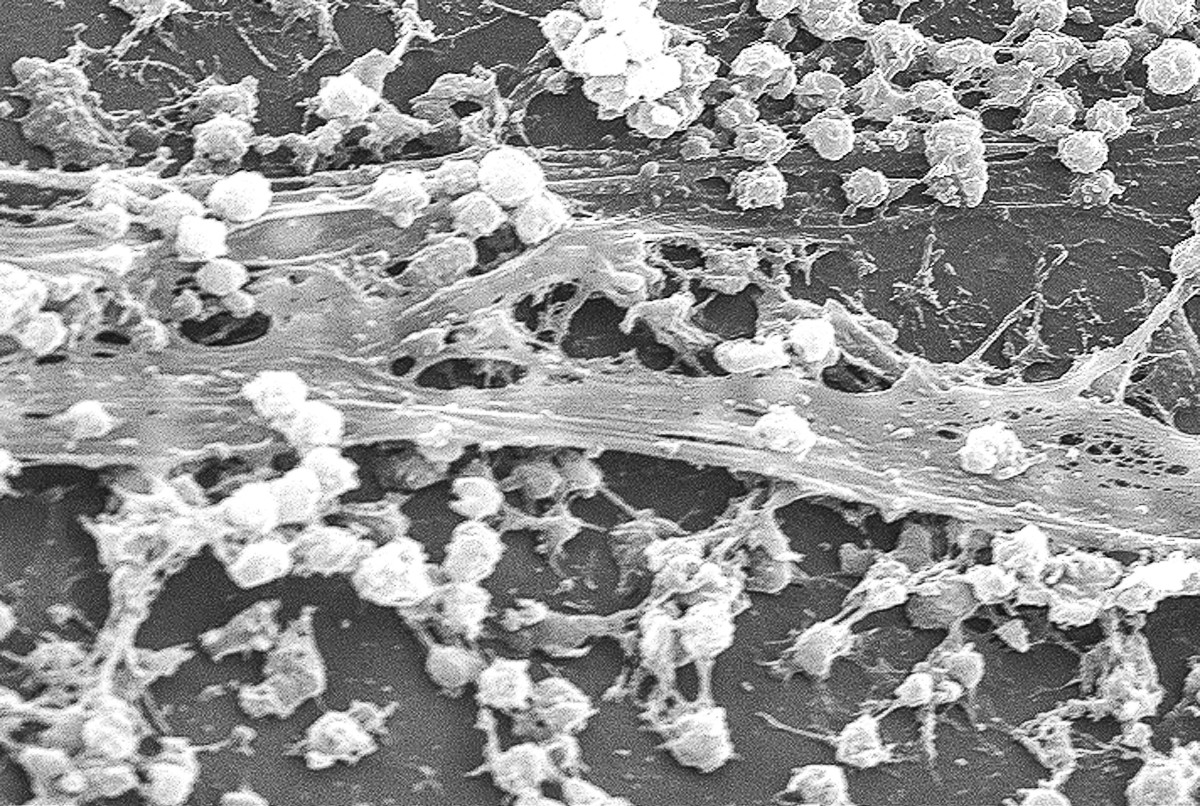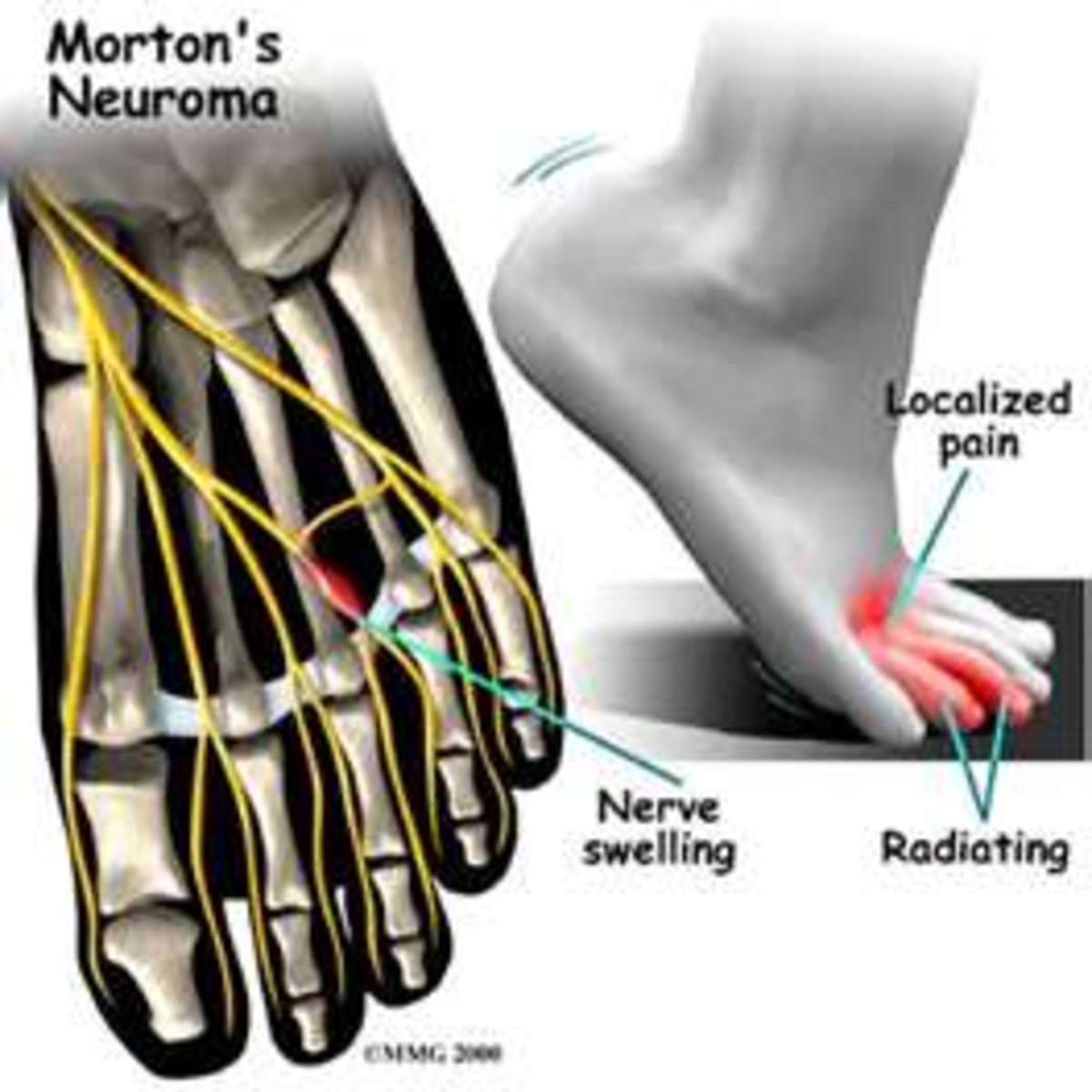Antibiotic Resistance and MRSA

MRSA (Methicillin-resistant Staphylococcus aureus) bacteremia is associated with increased patient mortality and morbidity. As such, patient presenting with MRSA bacteremia required prompt treatment with effective antibiotics. Increasing resistance of vancomycin and emergence of vancomycin-intermediate sensitive species of MRSA (VISA/h-VISA) is encouraging infectious disease researchers to identify unique treatment regimen such as combination antibiotic treatment.
With no new antimicrobials being created and the increasing prevalence of resistance, Antimicrobial stewardship teams have employed techniques such as formulary restriction, specialised order sets implementation, treatment algorithms and guidelines designed for each institution, practitioner education, pharmacy dosing programs and pharmacodynamic dose optimization to minimized antimicrobial resistance while optimizing available therapies.[1] Furthermore, despite decreased rates of hospital-acquired (nosocomiol) MRSA infections in the UK, US and Australia due to improved infection control techniques, there’s been an increasing incidence of community-associated MRSA strains in the past fifteen years and the majority of invasive MRSA infections are currently community-acquired rather than hospital-acquired.[2]
There exists a relationship between drug concentration (pharmacokinetics) and antimicrobial effect (pharmacodynamics) and antibiotic effectiveness is either timeor concentration dependent based on the antimicrobialtypes.[1]
Vancomycin is a time-dependent antibiotic.[1] Hence, therapeutic drug concentration monitoring of peak concentrations and troughs is common practice.[1] However, AUC/MIC not T>MIC is the most predictive pharmacodynamic parameter which is opposite to the current therapeutic monitoring guidelines of 15-20mcg/mL being sufficient because a trough alone is not enough to accurately estimate a patients’s 24-hour AUC and not every patient who achieves troughs of 15-20mcg/mL are able to avhieve 24-hour AUCs which are enought to achieve an AUC/MIC >400.[1] With MIC being the denominator of this equation, any changes in MIC will dramatically affect exposure.[1] Current standard vancomycin dosing regimens aimed at achieving troughs of 15 to 20mcg/mL are sadly insufficient to obtain that target AUC/MIC of 400 when the vancomycin MIC is above 1mcg/mL therefore rendering that S.aureus with a vancomycin MIC of 2mcg/mL to be untreatable.[1]
Despite its long history and clinical studies, the optimised dosing strategy for vancomycin to optimise eradication of S.aureus while minimising nephrotoxicity is yet to be determined, hence warranting the need for other more successful treatment methods.[1]
MRSA is a serious infection and causes 20 to 50% 90-day mortality. [2] Daptomycin is the only other approved drug treatment for MRSA bacteremia but it has not shown to be superior to vancomycin. [2]Other alternative agents for MRSA-B treatment include linezolid, daptomycin and ceftaroline but although these are non-inferior to vancomycin in treating MRSA infections, none proved superior and all have significant adverse effects risks and are costly.[2] Moreover, none showed synergistic bactericidal activity when combined with vancomycin against MRSA.[2]
Some examples that demonstrate relevance of this gained knowledge of the nefits of combination antimicrobial therapy against MRSA:
There is consistent in-vitro and in-vivo laboratory results proving the synergy between vancomycin or daptomycin and an anti-staphylococcal β-lactam antibiotic as well as increasing clinical data to support these combinations to improve outcomes from this common and serious infection such as a recent pilot randomised controlled trial CAMERA-2 which reported a reduction in bacteremia duration from using vancomycin and flucloxacillin combined versus vancomycin monotherapy. [2] The benefits of adding anti-staphylococcal β-lactams to standard MRSA therapy are safety, wide availability and low cost.[2] Furthermore, vancomycin showed slower bactericidal activity poorer tissue penetration and slower bacteremia clearance compared to anti-staphylococcal β-lactams (oxacillin and its derivatives flucloxacillin, cloxacillin and nafcillin).[2]
In a single-centre retrospective cohort study (50 patients with MRSA-B), Dilworth and colleagues reported a higher rate of microbiological eradication in the combination therapy group (vancomycin and at least 24 hours of β-lactam) versus vancomycin monotherapy (96% versus 80%, P=0.02). [2] CAMERA-1 (prospective clinical trial, open-label design) by Davis et al. included the randomisation of 60 patients to vancomycin or combined therapy (vancomycin and flucloxacillin) conducted in seven Australian centres reported mean bacteremia clearance of 2 versus 3 days with standard therapy (P=0.06). [2]
A case-series of seven patients with persistent MRSA-B for longer than a week despite high-dose daptomycin reported 100% bacteremia clearance within 48 hours of adding naficillin or oxacillin to their treatment.[2] A second case series of 22 patients with persistent MRSA-B despite daptomycin for a median of ten days revealed 100% bacteremia clearance in a median of 2 days after ceftaroline as added.[2]
Thus the synergistic antimicrobial effect is related to the ability of β-lactams of enhancing daptomycin’s ability to bind to the bacterial cell wall. [2] Due to the deletion of the MecA gene in some strains of VISA and vancomycin-resistant Staphylococcus aureus, increasing vancomycin-resistance is surprisingly associated with decreasing MICs to oxacillin and thi s synergism effect could be attributed to structural changes on penicillin-binding proteins and cell-wall thickness.[2] Sakoulas et al. also reported novel data from an ex-vivo study of human blood which further substantiates the potential advantage of β-lactams for MRSA through causing increased activity of the innate host defence peptides like cathelicidin LL-37 thus resulting in a more efficient bactericidal activity.[2]
Reflection& relevance to pharmacy practice
I have learnt through numerous studies thathave linked higher minimum inhibitory concentrations (MICs) of antimicrobials against any specific pathogen with clinical failure and mortality, thus requiring new strategies of optimizing antibiotic therapy to enhance treatment success and maintain safety of medicines.[1] Some ways in which we can optimize the quality use of medicines in clinical practice and prevent antibiotic resistance is to consider dosage optimization guided by pharmacodynamics and pharmacokinetics, considering antimicrobial concentration and duration of therapy to its potency and effectiveness as well as the successful synergistic combination of different groups of antimicrobials to improve therapeutic outcomes, successful eradication of pathogen, prevent or minimise adverse effects associated with medicine use and medicine costs and availability.[1,2]
Through employing these methods, we are then able to optimize pharmaceutical therapy according to best evidence-based data in clinical practice.
REFERENCES
1) Connors KP, Kuti JL and NicolauDP.Optimizing antibiotic pharmacodynamics for clinical practice.Pharmaceut Anal Acta.2013;4(3):1-8
2) Tong SY, Nelson J, Paterson DL, Fowler VG, Howden BP, Cheng AC et al. CAMERA2-combination antibiotic therapy for methicillin-resistant Staphylococcus aureus infection: study protocol for a randomised controlled trial. Trials. [Internet].2016 Mar ;17:170. Available from: https://www-ncbi-nlm-nih-gov.ezproxy.utas.edu.au/pmc/articles/PMC4815121/








